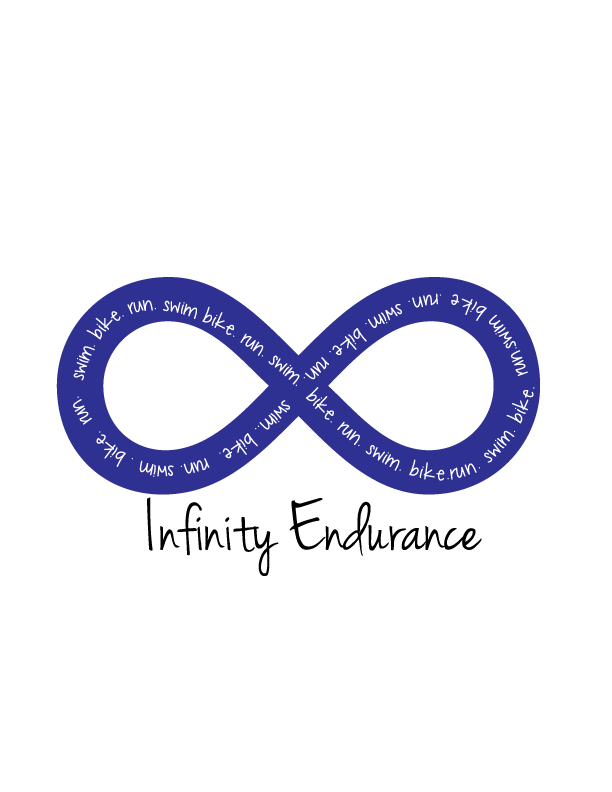You can't control everything that will happen on race day but you can prepare your mind and body for the different scenarios that appear. Your goal in training is not to simply train your body for the distance but to train your mind to work through the variables that effect race day. You will gain confidence on race day if you practice when weather is unsavory, nutrition is subpar, gear is flawed. As the saying goes, practice makes perfect. Check out this article about preparing for race day dilemas. Active.com
Monday, August 31, 2015
Monday, August 10, 2015
From Cruising to Race Ready
Riding a bike is easy enough but turning your leisurely ride into an athletic activity increases the difficulty level. To improve, you need to reset your frame of mind from easy-going to training.
Ride more frequently.
We call it time in the saddle. First you must spend time getting used to the saddle, this is frequency and duration. Start with 1 day/week for an hour and build up your stamina and endurance.
Vary intensity level.
As you build endurance into your cycling regimen, add intensity too. Ride faster and harder for short periods of time to improve the adaptations of muscle memory. You can vary the speed or the terrain to improve strength. Consider short intervals of 5 minutes hard followed by 2 minutes easy or ride fast to the next stop sign then recover.
Develop technique and safe handling.
As you progress your rides onto roadways, it is important to gain bike handling skills. these include cornering, descending, passing, changing gears, and reaching for hydration. If possible find a friend or local club that can help teach you the rules of the road. You will need to practice your skills before setting out group rides to keep all cyclists safe. Remember that bicycles follow the same laws as motor vehicles.
Newbie mistakes.
Ride more frequently.
We call it time in the saddle. First you must spend time getting used to the saddle, this is frequency and duration. Start with 1 day/week for an hour and build up your stamina and endurance.
Vary intensity level.
As you build endurance into your cycling regimen, add intensity too. Ride faster and harder for short periods of time to improve the adaptations of muscle memory. You can vary the speed or the terrain to improve strength. Consider short intervals of 5 minutes hard followed by 2 minutes easy or ride fast to the next stop sign then recover.
Develop technique and safe handling.
As you progress your rides onto roadways, it is important to gain bike handling skills. these include cornering, descending, passing, changing gears, and reaching for hydration. If possible find a friend or local club that can help teach you the rules of the road. You will need to practice your skills before setting out group rides to keep all cyclists safe. Remember that bicycles follow the same laws as motor vehicles.
Newbie mistakes.
- Clothing/Gear. Do not wear underwear under your cycling shorts, a visor under your helmet, work out shorts (no one wants to see your crack), sunglasses that are not athletic.
- Bike Gear. You must always ride with the tools necessary to care for bike maintenance issues that may arise. Most cyclists have a kit/bag that attaches to the bike containing a flat repair kit, form of identification/emergency contact/insurance, and $5-10. If you do not know how to change a flat, watch this Video or attend a free clinic at a local bike shop (LBS). A majority of flats will occur on the rear wheel, watch this video to learn how to remove the rear wheel Video.
- "Mashing" or riding with a low cadence. Cadence is the number of revolutions per minute (RPM) you make when pedaling. If you are in a gear that is too big, you may be wasting energy. To check your cadence, count the number of times your right knee comes up in 30 seconds then multiple that number by 2. Your goal is between 85-100 RPMs. You can also use a computer but that may be an expense that you haven't made yet.
Subscribe to:
Posts (Atom)


